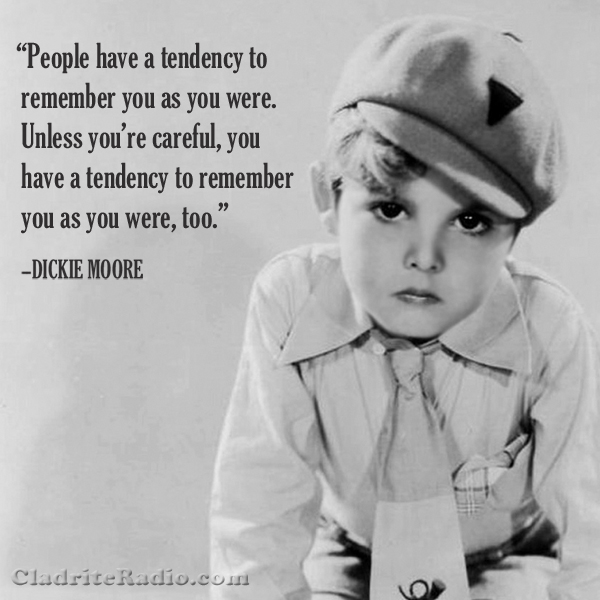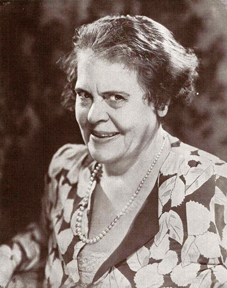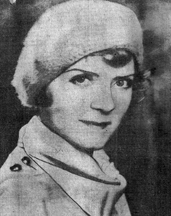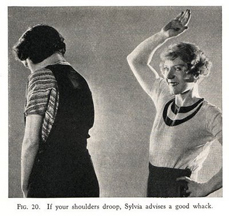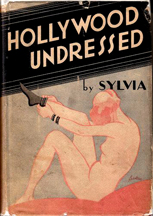Some years ago, we were lucky enough to attend a special event at NYC’s Film Forum: A Q&A with actors Jane Powell and her husband, Dickie Moore (he went by Dick in his post-Hollywood professional life, but we’ll always think of him as Dickie).
Powell, of course, achieved renown for her work in musicals for MGM, while Moore … well, Moore’s career is not so easily characterized. He started working at the age of 11 months in a 1927 silent picture called Our Beloved Rogue opposite John Barrymore, and he was featured in the Our Gang series in 1932–1933.
He also had the distinct honor of planting her first on-screen smooch on Shirley Temple in a feature called Miss Annie Rooney (1942). And at the age of 21, he played a deaf-mute young man opposite Robert Mitchum in one of the greatest of films noir, Out of the Past.
It was a delight to see these two Hollywood veterans in tandem that night. They couldn’t have been more charming, and their mutual respect and affection was readily apparent—in short, they were darned cute together—as they delighted those assembled with insider tales of Hollywood’s glory days.
So it with sadness that we share news of Mr. Moore’s passing on Thursday, just two days short of his 90th birthday.
Dickie Moore was perhaps the busiest of child actors (we can’t think of a more prolific one), and he acted opposite the greatest names of Hollywood’s Golden Age, including Warren William, Mary Astor, Ginger Rogers, Lionel Barrymore, Mae Clarke, Ann Harding, Spencer Tracy, Loretta Young, Glenda Farrell, Kay Francis, Barbara Stanwyck and so many more.
In his memoir, Twinkle Twinkle, Little Star, Dickie Moore bemoaned the struggles that so many child actors experience not only when they’re working steadily, but also as they grow older and their careers wane. We dearly hope and trust that Moore’s own post-Hollywood path was a bit smoother and that he experienced no regrets about his years in Hollywood. He certainly gave movie buffs from the 1930s through today much to be thankful for.
Rest in peace, Mr. Moore, and thanks.

